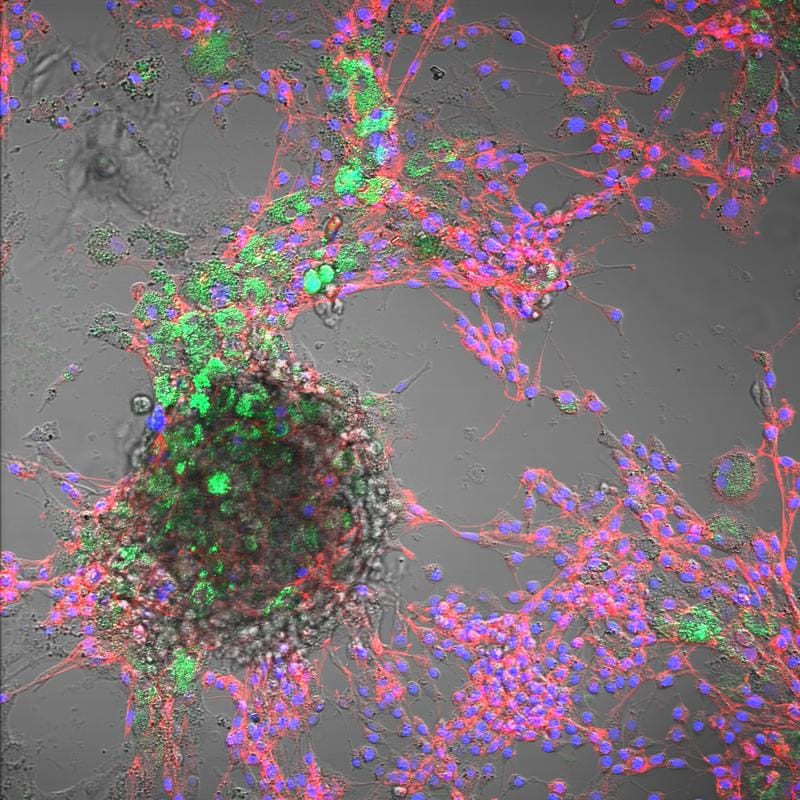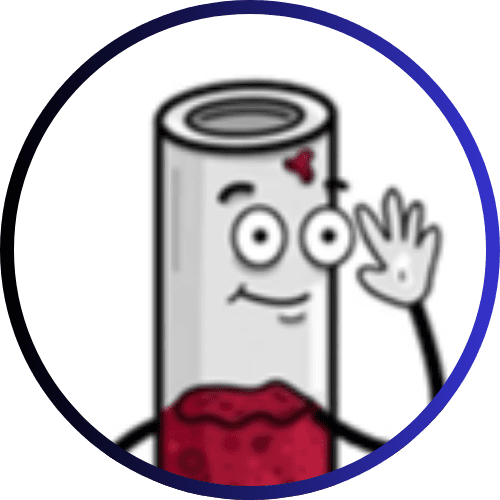Nanoplastic uptake detected in livestock cells ŌĆō potential risks to animal health and nutrition
In a joint study, researchers from the Research Institute of Farm Animal Biology (FBN) and the University of Udine have demonstrated for the first time that nanoplastic particles made of polystyrene are absorbed in cell cultures of cattle and pigs. The results suggest that these tiny plastic particles could affect the animals’ cell function and health in the long term, which may also have consequences for meat production and human food security.
The scientists studied granulosa cells from cattle, which play a crucial role in reproduction, as well as pig myoblasts, which are responsible for muscle tissue formation. Even low nanoplastic concentrations lead to visible deposits in the cells. This could have a negative impact on the fertility and product quality of livestock.

So far, there are hardly any adequate methods to detect nanoplastics in animal and human tissues, which is why the study provides important initial indications of the potential risks. The researchers emphasise that nanoplastics are not only an environmental problem, but could also have direct consequences for animal health. Although direct health risks for consumers are currently not verifiable, they recommend further investigations to clarify long-term effects.
The study was published in the journal Science of The Total Environment. It forms an important basis for a better understanding of the effects of nanoplastics on animals ŌĆō and for minimizing possible risks to the environment and humans. Dr. Anja Baufeld has also investigated the effects of micro- and nanoplastics in other works, including a review of possible risks for ruminants as an important component of the human diet (Animals 2024, 14(2), 350; https://doi.org/10.3390/ani14020350) as well as on their effects on reproduction and animal health as a whole (Animals 2023, 13(7), 1132; https://doi.org/10.3390/ani13071132).
Editor: X-Press Journalistenb├╝ro GbR
Gender Notice. The personal designations used in this text always refer equally to female, male and diverse persons. Double/triple naming and gendered designations are used for better readability. ected.




